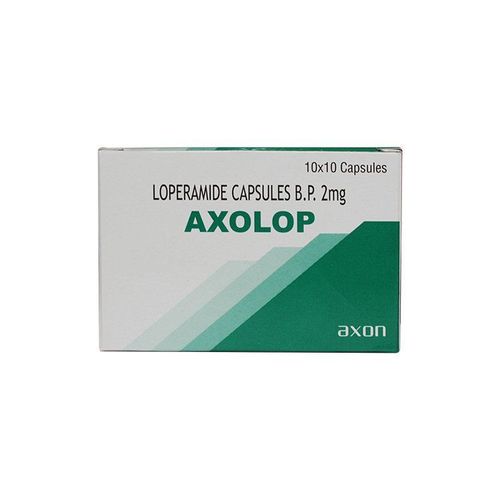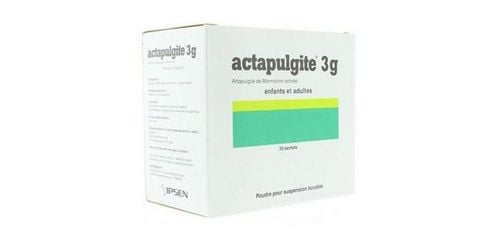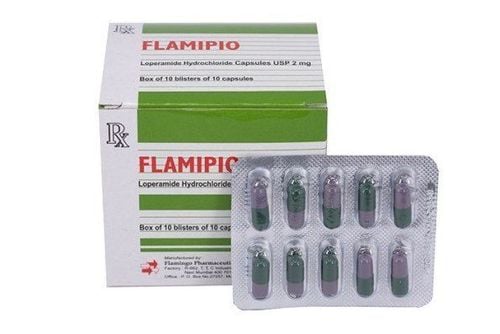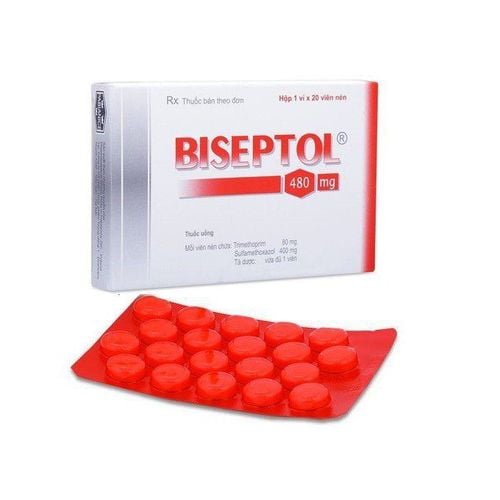This is an automatically translated article.
Axolop is used in the symptomatic treatment of acute and chronic diarrhea. The following article provides you with information about the uses, usage and some unwanted side effects when using Axolop.
1. What is Axolop?
Axolop is a medicine for the treatment of acute and chronic diarrhea, indicated for adults and children over 12 years of age. Axolop has the main active ingredient Loperamide hydrochloride 2mg, which is prepared in the form of hard capsules.
Loperamide is a synthetic piperidine derivative, a synthetic opiate that at normal doses has little effect on the central nervous system. Loperamide reduces gastrointestinal secretions, decreases intestinal motility, and increases anal sphincter tone. The drug has the effect of increasing the transport of water and electrolytes through the intestinal mucosa, prolonging the transit time through the intestine. Therefore, the drug reduces the loss of water and electrolytes, increases the consistency, and reduces the weight of the stool.
Axolop is indicated in the following cases:
Relief of symptoms of acute nonspecific diarrhea, chronic diarrhea caused by colitis. Fecal incontinence in adults. Decreasing stool volume for patients undergoing ileostomy. Symptomatic treatment of acute diarrhea in patients 18 years of age and older with irritable bowel syndrome undergoing a preliminary diagnosis by a physician.
2. Dosage and how to use Axolop
The mainstay of treatment in acute diarrhea is fluid and electrolyte replacement. Loperamide is indicated in adults for symptomatic relief of diarrhea, but the World Health Organization recommends against its use in children under 12 years of age.
2.1. Adults Acute diarrhea: Initially 4 mg, then each loose stool, 2 mg orally, up to 16 mg/day. The usual dose is 6-8 mg/day. If treatment of acute diarrhea is not specific, do not use more than 8 mg/24 hours. Chronic diarrhea: Initially 4 mg, then 2 mg each time until the diarrhea stops. Maintenance dose: 4 - 8 mg/day, divided into 2 times. Do not use more than 16 mg/day. If symptoms do not improve after taking 16 mg/day for at least 10 days, there is no additional benefit to continued treatment. Fecal incontinence in adults: starting dose of 0.5 mg gradually increased to a maximum of 16 mg/day if needed. 2.2. Children Loperamide HCl capsules should not be given to children under 12 years of age.
Acute diarrhea: The main treatment for acute diarrhea in children is dehydration. The routine use of Loperamide in children is not recommended. Dosage in the first 24 hours: starting dose as adult dose. Then maintain 0.1mg.kg for each bowel movement, but do not exceed the starting dose. Chronic diarrhea: Dosage in children with chronic diarrhea is not well established. Patients should not take more than the recommended dosage above.
If acute diarrhea does not improve after 24 hours of treatment, new symptoms appear, or symptoms become more severe, you should stop using the drug and consult your doctor.

Thuốc Axolop là thuốc điều trị tiêu chảy cấp và mãn tính
3. Contraindications to the use of Axolop
Children under 12 years old. Hypersensitivity or allergy to Loperamide or any of the ingredients in Axolop. Acute bleeding ulcerative colitis, pseudomembranous colitis caused by broad-spectrum antibiotics. Acute infectious diarrhea caused by bacteria capable of penetrating deep into the intestinal mucosa such as Campylobacter infection, Salmonella, Shigella, Severe liver failure. Patients with acute dysentery, blood in stools and high fever. Abdominal pain not caused by diarrhea. Axolop must be discontinued immediately when intestinal obstruction, constipation, abdominal distension occurs.
4. Use Axolop with caution in the following cases
Axolop with the main active ingredient, Loperamide hydrochloride, is only effective in treating symptoms in acute diarrhea. Whenever the cause of the symptoms is identified, more appropriate treatment is needed.
In patients with acute diarrhea with electrolyte depletion, appropriate fluid and electrolyte rehydration therapy is the most important measure. The use of lopeamide does not replace the above therapy. This medicine should not be used for long periods of time until the underlying cause of persistent diarrhea has been investigated and diagnosed by a doctor. Axolop drug undergoes first-stage metabolism in the liver. Caution should be exercised in patients with hepatic dysfunction, liver failure because of the risk of CNS toxicity. Caution in patients with acute ulcerative colitis. Loperamide inhibits intestinal motility, slowing intestinal transit time causing toxic megacolon. During the use of Axolop, it is necessary to monitor body temperature, bowel movements, and stool volume. Stop using the drug when symptoms such as abdominal distension, constipation, paralytic ileus appear. If you do not see clinical improvement within 24 hours, discontinue use and consult your physician for appropriate management. Use with caution in children because of altered drug response, especially in the presence of dehydration and electrolytes. HIV/AIDS patients treated with loperamide hydrochloride for diarrhea should be discontinued when abdominal distension occurs. Pregnant women should not use the drug because there are not enough studies to determine whether the drug affects the baby. Axolop is excreted in breast milk. Not recommended for use in nursing mothers, use only when absolutely necessary. Fatigue, dizziness, or somnolence may occur in diarrhea patients treated with Loperamide hydrochloride. Therefore, be cautious when driving a car or operating machinery.

Hầu hết các tác dụng không mong muốn của thuốc Axolop gặp ở đường tiêu hoá
5. Axolop drug overdose and treatment
5.1. Symptoms of Overdose In a study to evaluate adverse events, single oral doses up to 60 mg produced no clinically important adverse events.
In case of overdose of Loperamide, the patient may cause the following symptoms: CNS depression, somnolence, narcosis, increased muscle tone, respiratory depression, urinary retention, constipation and intestinal obstruction. can happen.
Children are more sensitive to central nervous system effects than adults. Some serious side effects have been reported such as toxic megacolon, loss of consciousness, and delirium. Paralytic ileus has also occurred, even causing death.
5.2. Treatment Gastric lavage, then give about 100g of activated charcoal through a nasogastric tube. Monitor for at least 24 hours for symptoms of CNS depression, and if present, administer 2 mg naloxone (0.01 mg/kg for children) intravenously.
Because the duration of action of Loperamide is longer than that of Naloxone, the patient should be closely monitored and a repeat dose of Naloxone can be prescribed if necessary, up to a total dose of 10 mg. Vital signs should be monitored for at least 24 hours after the last dose of naloxone to detect the possibility of CNS depression.
6. Unwanted effects when using the drug Axolop
Most of the undesirable effects of Axolop are found in the gastrointestinal tract.
Digestion: abdominal pain, nausea, vomiting, constipation, bloating, dry mouth. General body less common: fatigue, dizziness, headache. Some rare side effects such as paralytic bowel obstruction, colonic aneurysm, allergic reactions, anaphylaxis, angioedema, pruritus, Stevens-Johnson syndrome, urinary retention.
7. Drug interactions
Drugs that increase the toxicity of Axolop: CNS depressants, phenothiazines, tricyclic antidepressants can increase the side effects of Loperamide. Drugs that increase the concentration and effect of loperamide: P-glycoprotein inhibitors such as Quinidine, Rotanavir. Drugs that decrease the effect of Loperamide: Inducers of P-glycoprotein. Concomitant treatment of loperamide with oral desmopressin increases the gastrointestinal absorption of desmopressin, resulting in a 2-fold increase in plasma concentrations, presumably due to slower gastrointestinal motility. Concomitant use of Loperamide with Itraconazole, Ketoconazole may increase the plasma concentration of Loperamide.
Please dial HOTLINE for more information or register for an appointment HERE. Download MyVinmec app to make appointments faster and to manage your bookings easily.













